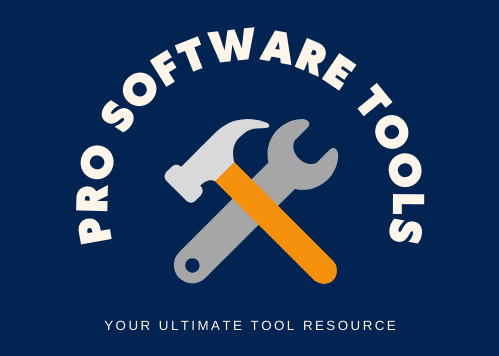In today's digital landscape, website performance is more critical than ever. With users expecting near-instant loading times and search engines prioritizing fast-loading sites in their rankings, optimizing your images has become a necessity rather than an option.

Why Image Compression Matters
Images typically account for over 50% of a webpage's total weight. Unoptimized images can significantly slow down your website, leading to:
- Higher bounce rates as users abandon slow-loading pages
- Reduced conversion rates impacting your business goals
- Poor search engine rankings affecting visibility
- Increased bandwidth costs, especially for mobile users
Advanced Compression Techniques in 2025
Modern image compression tools like our Image Compression Tool 2025 utilize sophisticated algorithms that go beyond traditional methods:
- AI-Powered Compression: Machine learning algorithms analyze image content to apply optimal compression without visible quality loss.
- Format Selection Intelligence: Automatic selection of the most efficient format (JPEG, PNG, WebP, AVIF) based on image characteristics.
- Perceptual Quality Optimization: Compression that focuses on preserving details important to human perception while aggressively compressing less noticeable areas.
- Responsive Image Generation: Creating multiple versions of an image optimized for different screen sizes and resolutions.
Best Practices for Image Optimization
To maximize the benefits of image compression, follow these best practices:
- Always compress images before uploading to your website
- Choose the right file format - JPEG for photographs, PNG for graphics with transparency, WebP for modern browsers
- Implement responsive images using srcset and sizes attributes
- Lazy load images that appear below the fold
- Consider using Content Delivery Networks (CDNs) for faster image delivery
The Future of Image Optimization
As we move further into 2025, we can expect even more advanced optimization techniques including:
- Real-time compression during upload processes
- Context-aware compression that considers where and how images will be displayed
- Integration with emerging image formats like JPEG XL and AVIF
- Automated optimization workflows within content management systems
By staying ahead of these trends and utilizing tools like our Image Compression Tool 2025, you can ensure your website delivers optimal performance while maintaining visual quality.

